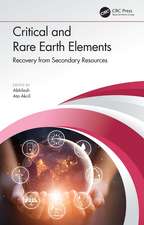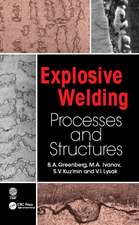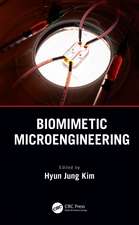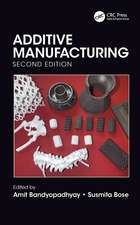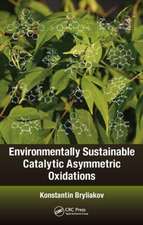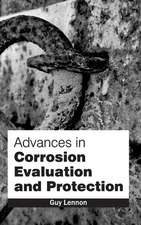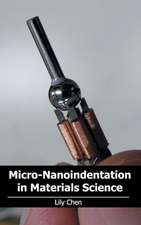Applications of EPR and NMR Spectroscopy in Homogeneous Catalysis
Autor Evgenii Talsi, Konstantin Bryliakoven Limba Engleză Paperback – 12 dec 2019
Preț: 410.54 lei
Preț vechi: 529.96 lei
-23% Nou
Puncte Express: 616
Preț estimativ în valută:
78.56€ • 81.86$ • 65.04£
78.56€ • 81.86$ • 65.04£
Carte tipărită la comandă
Livrare economică 03-17 aprilie
Preluare comenzi: 021 569.72.76
Specificații
ISBN-13: 9780367874773
ISBN-10: 0367874776
Pagini: 243
Dimensiuni: 156 x 234 x 20 mm
Greutate: 0.45 kg
Ediția:1
Editura: CRC Press
Colecția CRC Press
ISBN-10: 0367874776
Pagini: 243
Dimensiuni: 156 x 234 x 20 mm
Greutate: 0.45 kg
Ediția:1
Editura: CRC Press
Colecția CRC Press
Cuprins
Introduction. Basic principles of EPR and NMR spectroscopy. The main parameters characterizing EPR spectra. The main parameters characterizing NMR spectra. Applications of EPR spectroscopy. What we learn from the EPR spectra of organic radicals. What we learn from the EPR spectra of transition metal catalysts. What we learn from the NMR spectra of transition metal catalysts.
Notă biografică
Evgenii Talsi leads the Laboratory of the Mechanistic Studies of Catalytic Reactions, Boreskov Institute of Catalysis.
Konstantin Bryliakov is a leading research scientist at the Boreskov Institute of Catalysis.
Konstantin Bryliakov is a leading research scientist at the Boreskov Institute of Catalysis.
Descriere
This book reviews advances in important and practically relevant homogeneous catalytic transformations, such as single-site olefin polymerizations and chemo- and stereo-selective oxidations. Close attention is paid to the experimental investigation of the active sites of catalytic oxidation systems and their mechanisms. Major subjects include th

